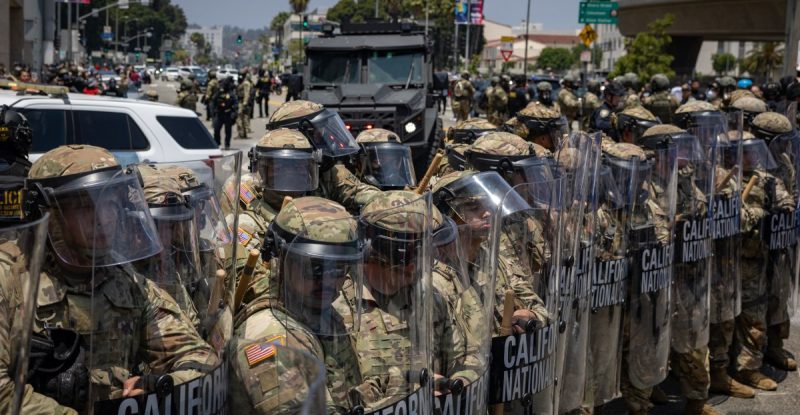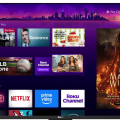
President Trump’s deployment of 2,000 National Guard troops to Los Angeles following protests against federal immigration raids is raising serious concerns. This unprecedented move, bypassing California Governor Gavin Newsom’s authority, marks a significant escalation in the administration’s response to dissent. The deployment comes after federal agents conducted raids targeting immigrants, sparking widespread protests.
This isn’t the first time Trump has considered using the military to quell protests. His attempts during the 2020 George Floyd protests, including reportedly considering the shooting of protesters, were ultimately thwarted. However, with a more compliant Pentagon under Secretary of Defense Pete Hegseth, who even hinted at mobilizing Marines, the current situation presents a stark contrast.
The legality of the deployment is highly questionable. While the Insurrection Act allows the president to deploy the military in cases of extreme civil unrest or rebellion, it’s generally understood that such action requires the consent of the state governor. Trump hasn’t invoked the Insurrection Act, instead citing a section of the US Code that allows the president to call up National Guard troops in cases of rebellion, even without a governor’s request. Governor Newsom has declared the deployment unlawful and plans to sue the Trump administration.
This action aligns with Trump’s long-standing disdain for dissent. His response to the 2020 protests, while less forceful, served as a possible test run for his current approach. His comments during the 2023 campaign trail indicated a clear intention to utilize federal forces without seeking permission from state governors in a future term. The current situation appears to be the fulfillment of that promise, with the Pentagon seemingly eager to cooperate.
The deployment is part of a broader pattern of suppressing free speech and dissent. The Trump administration has consistently targeted protesters, particularly those expressing views critical of the government. The current deployment, justified by claims of violence and disorder, appears to be less about maintaining order and more about sending a message: dissent will be met with force. The lack of any indication from local law enforcement of needing federal assistance further fuels this perception. This action shows a president who is increasingly emboldened and unrestrained, willing to escalate tensions for political gain.
The situation in Los Angeles represents a dangerous escalation. It’s not just about the immediate deployment, but the broader implications for democratic norms and the potential for further suppression of dissent. The question remains: is this a calculated power grab, or a sign of something far more troubling?










